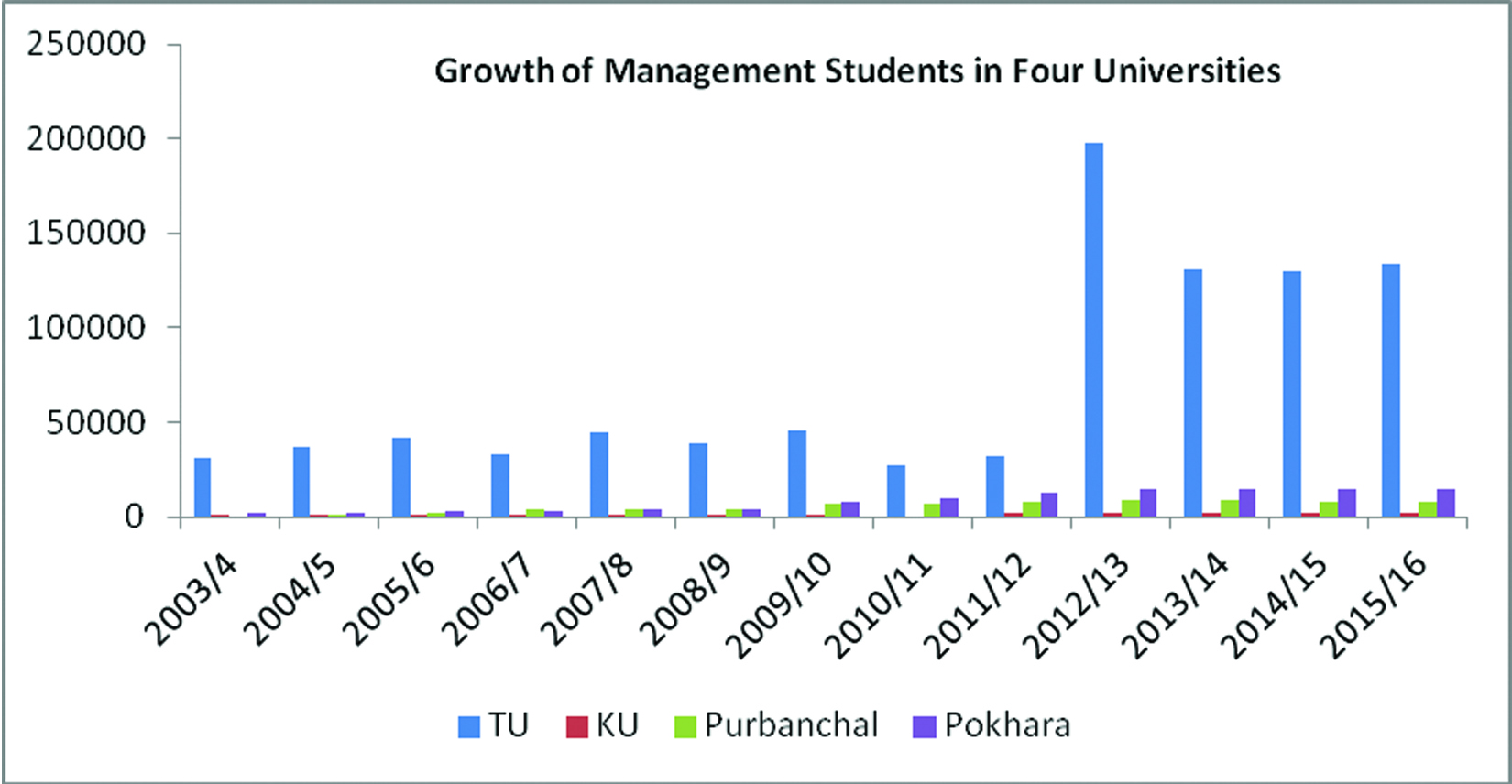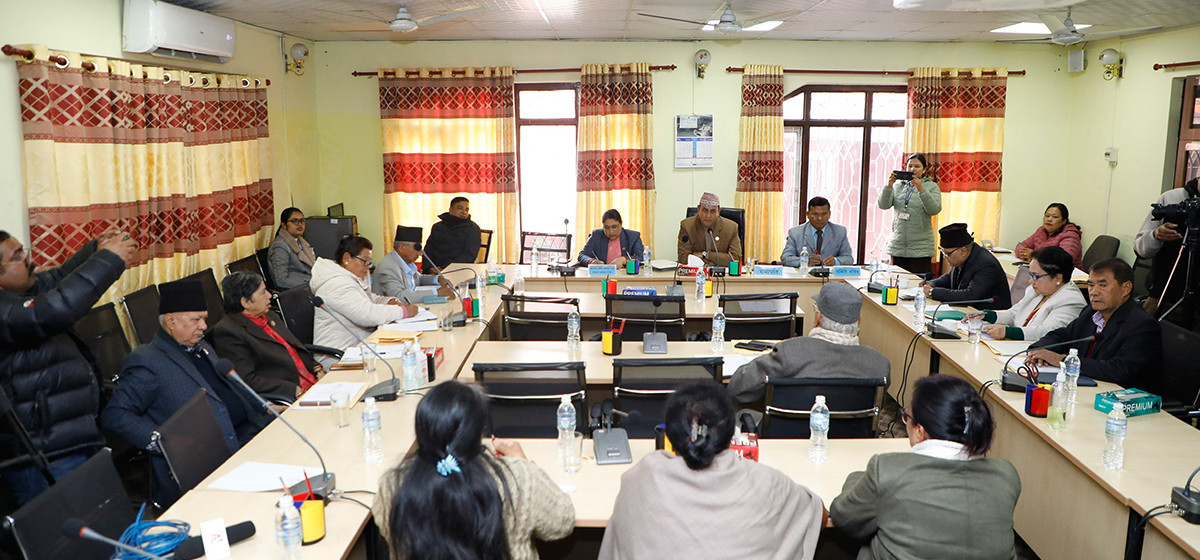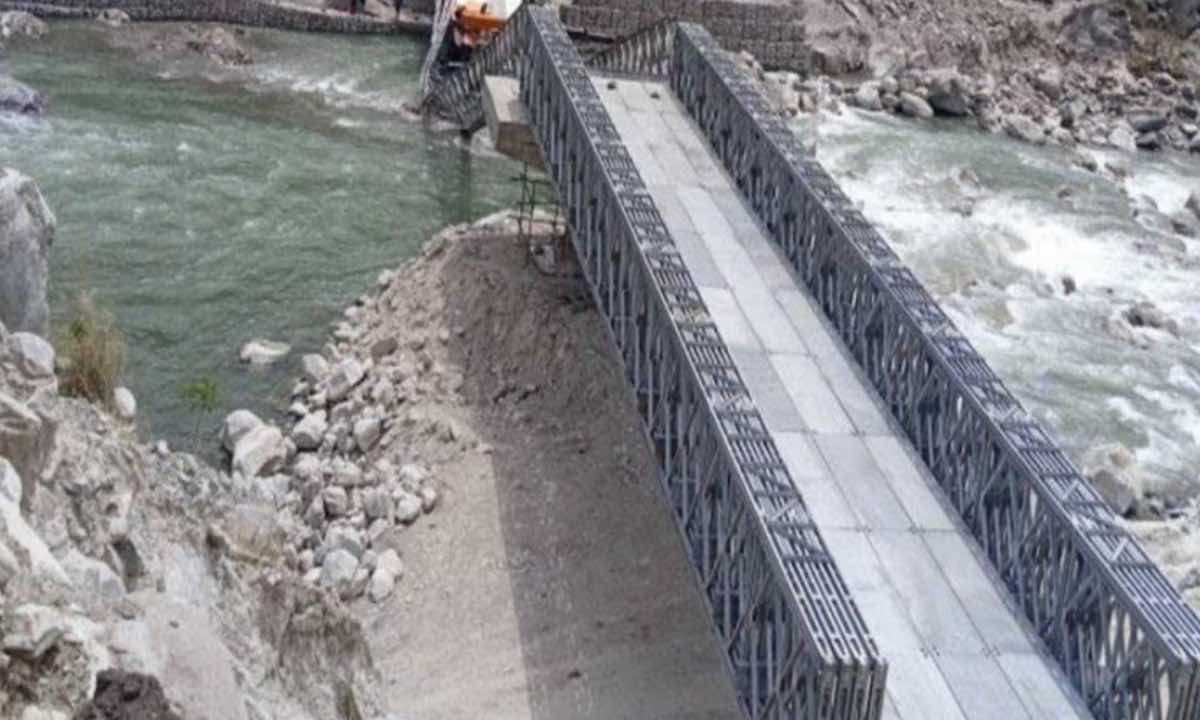
OR
WOMEN IN MANAGEMENT STUDIES

Are job markets in Nepal designed to serve the needs of female candidates? What should we do to cope with possible challenges?
Like in other countries, management education in Nepal started with a focus on ‘trade’ or ‘commerce’ education and gradually shifted to management education in the 90s. It was introduced as Intermediate in Commerce (I.Com) and Bachelor’s in Commerce (B.Com) level studies in Tri-Chandra College in 1955. With the establishment of Tribhuvan University, Master’s in Commerce (M.Com) was introduced in 1961. In line with New Education Plan (1972), traditional “commerce education” was modified as Business Administration and Commerce education. It was rechristened as Management Studies in 1980.
Over the last six decades, several changes have taken place in country’s management education in terms of course contents and coverage, areas of specialization, private sector involvement and tremendous increase in student enrolment. As per the official statistics for the year 2014/15, there were a total of 889 institutions (out of 2,110) offering management courses in Nepal. A large number of colleges, 795 in total, are either affiliated with or belong to TU. Within the Kathmandu valley alone, there are around three dozen colleges offering MBA or MBA equivalent courses.

The TU accounts for 82 percent of total student enrolment. In 2015/16, out of 441 thousand students enrolled in higher education in five universities, 160 thousand or more than one-third of the total students have been enrolled in management faculty. This tremendous growth in management students is taking place in all of the four major universities—TU, Kathmandu University, Pokhara University and Purbanchal University. The trend is on rise since 2012/13.
Within the TU, management students have overtaken humanities and social science faculties. In the case of Pokhara University, more than half of the total student enrolment is in management faculty.
Outstanding number of students in management studies poses both opportunities and challenges in terms of education quality, job opportunities and career prospects. Given the pathetic situation of the country’s management system along with delivery of management education, this is even more contemplating. One can fairly imagine the waste in investment in management education. This goes against the principle of management—generating efficiency by reducing wastes.
Changing trends
One distinct feature of management education is its gradual feminization. The feminization here refers to gender parity index or ratio of male to female students. Traditionally, commerce education was not attractive field for female students. It was virtually like modern day STEM studies. Female students were attracted to education, medicine, humanities and social science courses.
Today general parity index (male-female student ratio) for management education stands at 0.965:1 or almost close to 50:50 male/female breakdown. After education, medicine and Humanities and Social Science (HSS), management education is preferred field of study for female students.
There are more female students than male students at higher education level. The Gender Parity Index (GPI) is 1.088:1. At the TU it is even higher with 1.197:1. At MBA level, there are more female students than males.
The popularity of management education and increased inflow of female students, in particular, poses challenges as well. This should not come at the cost of lopsided development of other faculties. Currently, there is a dearth of students in many of the central departments of social science at TU. Congestion of students in the management faculty not only affects its quality but also negatively impacts job markets due to oversupply of management students.
The higher enrolment of female students in management indicates a higher number of women into managerial positions in a near future. Female students currently enrolled in BBA or MBA programs can be expected to land in the job markets within four to six years. From the perspective of gender equity, this is good. However, given the stereotyping of female jobs, this may pose serious challenges to our job market unless we are prepared to accept growing feminization of managerial job market.
Gender bender
In light of possible entry of growing number of women into management jobs in near future, it is time to consider the problem in a Nepali context and take appropriate measures. What will be the implications of increased number of women in managerial positions? Are our job markets designed to serve the needs of female candidates? What should we do to cope with possible challenges? These are the pertinent issues to be taken into account at this moment.
Given that scenario, only handful of women can be found holding top managerial positions or engaged in entrepreneurial activities, the current influx of female students will impact job market for women managers. Some steps must be taken to address the challenges.
First, we need to tailor gender-based management courses to suit needs of women managers. Given the fact that business organizations and public institutions are structured on masculine values (competition, performance-related pay and promotion opportunities), the feminine values, that women are supposed to carry, will have little use unless we change the workplace environment. Failure to do so might trigger gender-related conflicts.
Second, in the existing curricula we don’t have ‘gender issues in management,’ forget about issues like work-life balance (WLB), maternal leave, workplace sexual harassment, flexible working hours etc. We need a special course for women in management studies that include leadership, stress management, conflict management and negotiation among others. Third, we now have a new labor law. It is high time to have a gender assessment of the law. For instance, the new law makes obligatory for the employers to provide transport facility to female workers working in night shifts. This requirement, instead of creating job opportunities for women, can minimize opportunities in the job market.
Finally, we need to ask: How does current quota system in public service recruitment is compatible with increased female management workforce? There is a need for an in-depth research.
You May Like This

Education minister brings roadmap for education sector
KATHMANDU, April 11: Minister for Education, Science and Technology (MoEST) Giriraj Mani Pokharel on Wednesday unveiled a seven-page roadmap for... Read More...

State-Minister for Education Adhikari bats for education reform
CHITWAN, Sept 27: State-Minister for Education, Sheshnath Adhikari, has given a clarion call to the concerned authorities to bring about... Read More...

Rights of every student to quality education secured: Education Minister Shrestha
KATHMANDU, June 14: Deputy Prime Minister and Education Minister, Gopalman Shrestha has said that the right of every student of... Read More...



Just In
- Fire destroys wheat crop in Kanchanpur, Kailali
- Bipin Joshi's family meets PM Dahal
- State Affairs and Good Governance Committee meeting today
- Gold items weighing over 1 kg found in Air India aircraft at TIA
- ACC Premier Cup semi-final: Nepal vs UAE
- Sindhupalchowk bus accident update: The dead identified, injured undergoing treatment
- Construction of bailey bridge over Bheri river along Bheri corridor reaches final stage
- Taylor Swift releases ‘The Tortured Poets Department’
















Leave A Comment